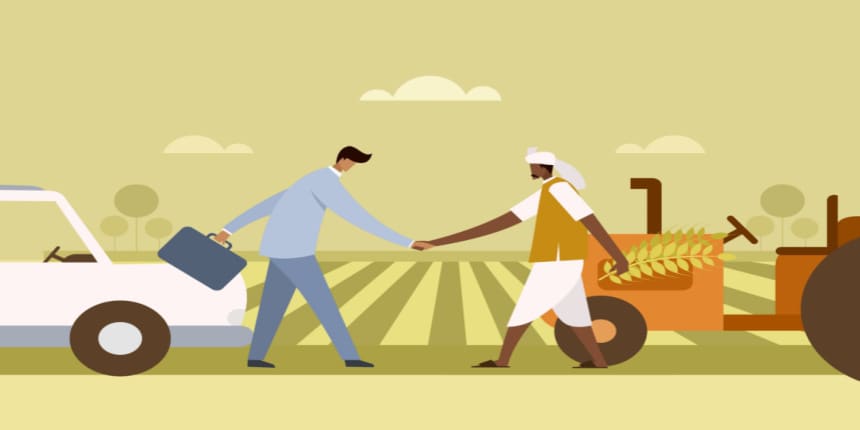DAY NRLM Full Form
What is the full form of DAY NRLM?
In rural development, numerous programmes are implemented. One of these government programmes for rural areas is the National Rural Livelihood Mission (NRLM). This Aajeevika - NRLM was renamed Deendayal Antyodaya Yojana - National Rural Livelihood Mission (DAY-NRLM) in November 2015.
The mission for DAY-NRLM is centred on the initiative to transition to a demand-driven strategy that enables the states to create their own livelihood-based poverty reduction action plans. One of the Government of India's programmes, called DAY-NRLM, aims to help the poor by providing skill development. There are also additional services, including SHG marketing, training centres, vendor marketplaces, and long-term shelters for the homeless. The program's objective is to raise Indians' skill levels to the necessary level for international standards in both urban and rural areas.

The DAY NRLM Scheme
The DAY-NRLM is primarily a Central government initiative to combat poverty. The Ministry of Rural Development of the GOI introduced it in 2011 as "Aajeevika - National Rural Livelihoods Mission (NRLM)". In 2015, it adopted the name DAY-NRLM.
A better version of the previous Swarnjayanti Gram Swarozgar Yojana is the current programme (SGSY). The Ministry of Housing and Urban Poverty Alleviation administers a similar programme called the DAY-NULM National Urban Livelihood Mission for urban development and livelihood.
Mission and Values of NRLM
To decrease poverty by providing poor households with access to possibilities for productive self-employment and skilled wage work, resulting in an appreciable improvement in their livelihoods on a sustained basis, through creating strong grassroots institutions of the poor.
Values of NRLM include involving the most vulnerable and giving them a significant voice in every phase.
accountability and openness in all systems and procedures
Self-reliance and community reliance
All of their institutions should be owned by the poor, who should also play a major part in their planning, implementation, and oversight.
Features of DAY NRLM
Universal social mobilization: Each rural poor household must have at least one female member, with a focus on marginalized groups. These women must join the network of an SHG.
Participatory Identification of Poor Community Funds as Resources in Perpetuity is a strategy to improve the ability of the poor to handle their finances.
financial participation
Livelihoods: The mission's three pillars are focused on fostering and strengthening the poor's current means of subsistence:
Enhancing livelihoods and reducing vulnerability by utilizing new and expanded sources of income in both the agricultural and non-agricultural sectors.
Building skills through work Businesses that support self-employment
Another significant aspect of this programme is that it gives collaborations and convergence with other government programmes run by the Rural Development Ministry great emphasis.
NRLM Recent Updates
Deendayal Antyodaya Yojana - National Rural Livelihoods Mission (DAY-NRLM) of the Ministry of Rural Development established 152 Center for Financial Literacy & Service Delivery (SAKSHAM Centres) as part of Azadi ka Amrit Mahotsav between October 4 and October 8, 2021, in 77 districts and 13 states.
The purpose of SAKSHAM Centers is to help SHG members and the poor rural access financial services by promoting financial literacy.
Rural Self-Help Group (SHG) households would use the Centre for Financial Literacy & Service Delivery (CFL&SD) as a one-stop shop or single-window system for their basic financial requirements.
The SHG network will oversee these Centers, primarily at the level of the Cluster Level Federations (CLFs), with the assistance of qualified Community Resource Managers.